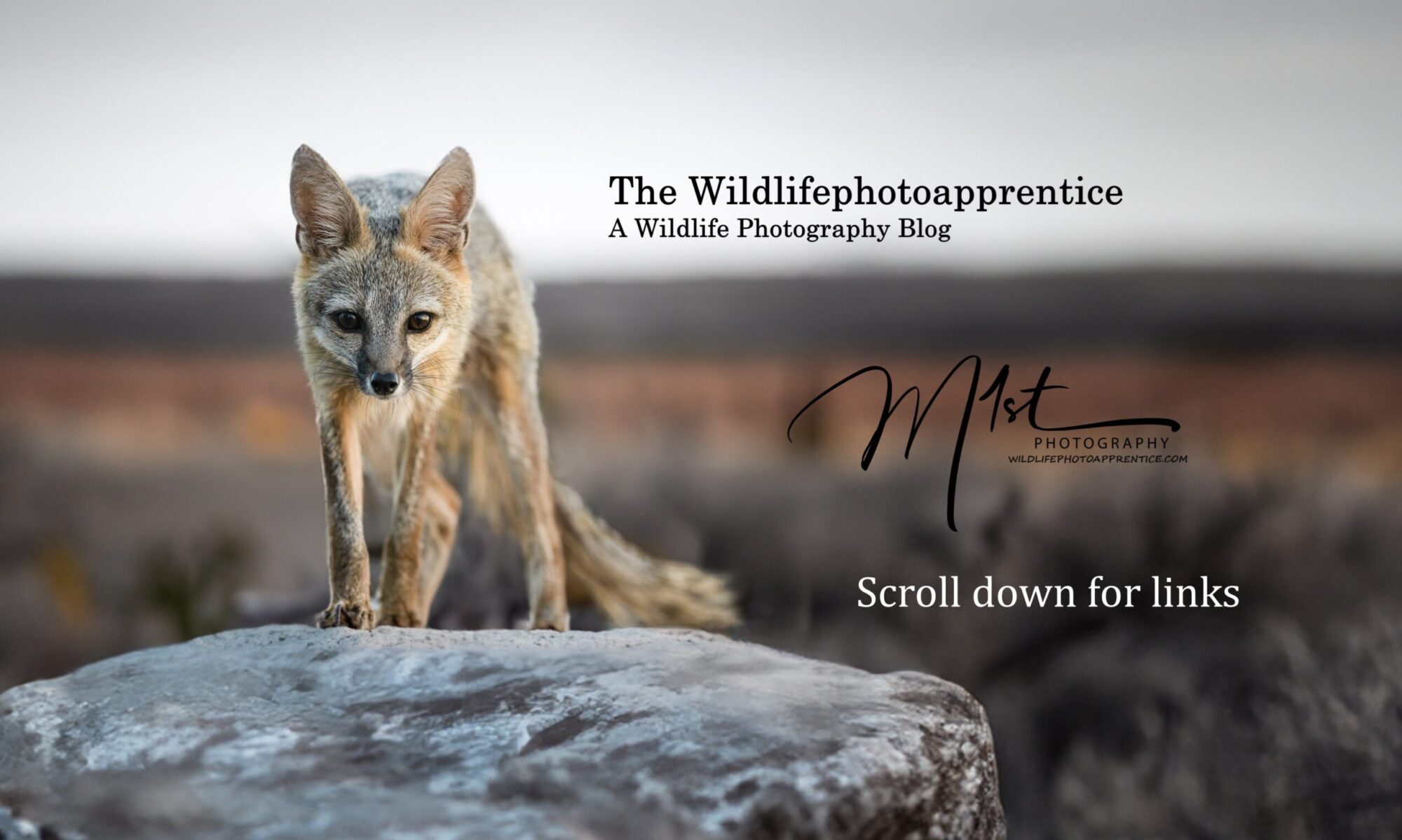“It’s not the camera, It’s the photographer”. I wish I had a nickel for every time I’ve read that in a photography book or magazine, or saw it argued on a photography forum. While it may be true that a great camera won’t make a poor photographer take great photos, it’s also true that it won’t hurt either. Throughout my life, I’ve been fortunate enough to have several hobbies in addition to photography. If there is one thing that I have learned for sure over and over again, it’s that you should buy the best equipment you can afford the first time around. A good carbon fiber fly rod won’t catch more fish, but it will make the experience of fly fishing easier, more efficient, and a lot more fun. The same holds true for golf clubs, skis, backpacks, and most certainly cameras and lenses.
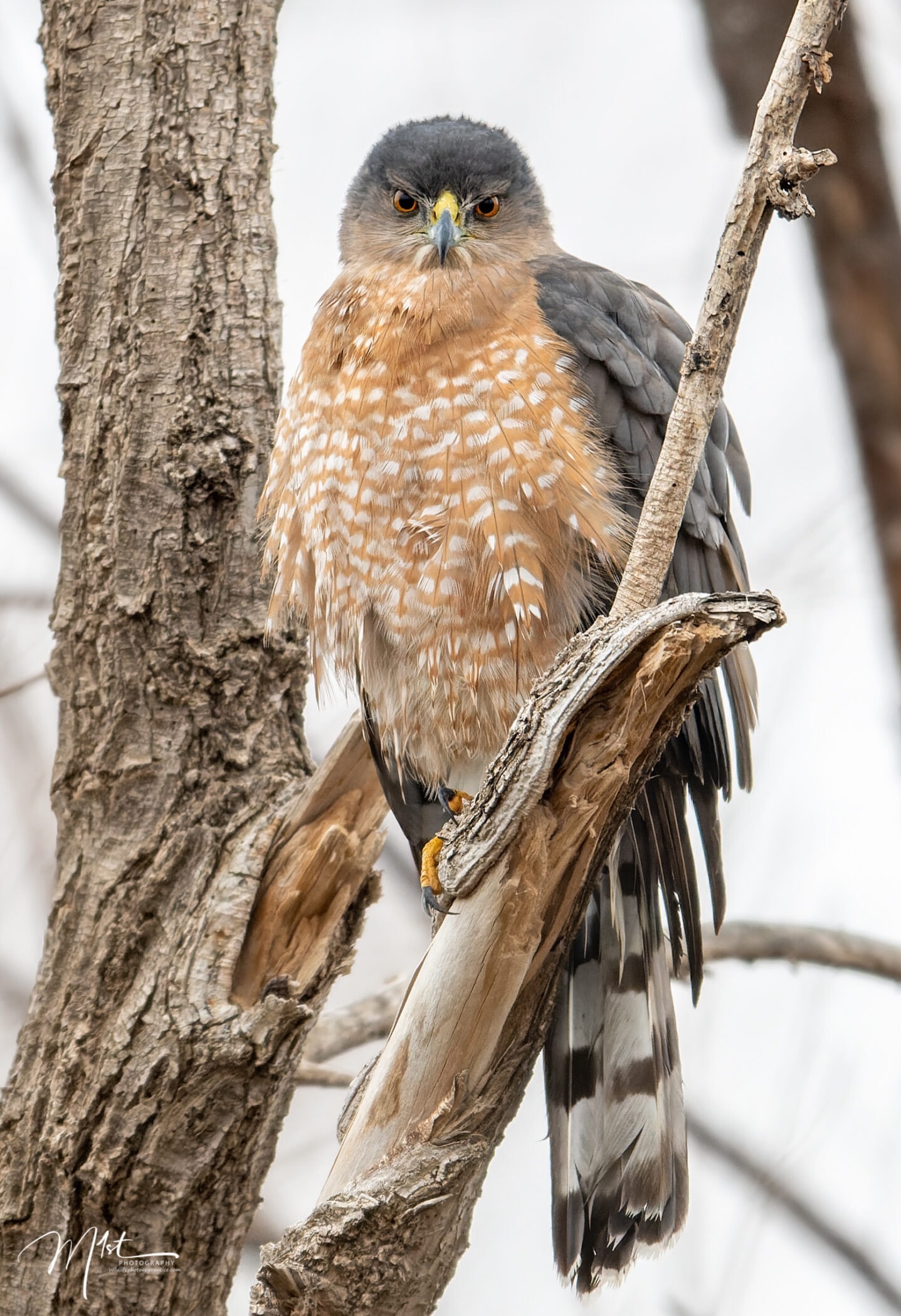
I think certain features on high-end DSLR cameras are very helpful when photographing wildlife. The ability to shoot in manual mode. The ability to handle noise at high ISOs. The ability to focus quickly. Sometimes wildlife photos come easily, sometimes they take a lot of effort. Sometimes having the correct tool for the job makes it a lot easier to get the shot the first time.
Wildlife photography is a challenging and rewarding genre that requires patience, skill, and the right equipment. While composition and lighting play a significant role in creating stunning wildlife images you also need to have the correct gear. The myth that it’s not the equipment, but the photographer that makes a great photograph is a common belief among many people. While it’s true that the photographer’s skill, creativity, and vision play a significant role in creating stunning images, it’s also true that having the right equipment can make a big difference in the quality of the final product. In this blog, we can try to debunk the myth that it’s not the equipment but the photographer that matters in photography
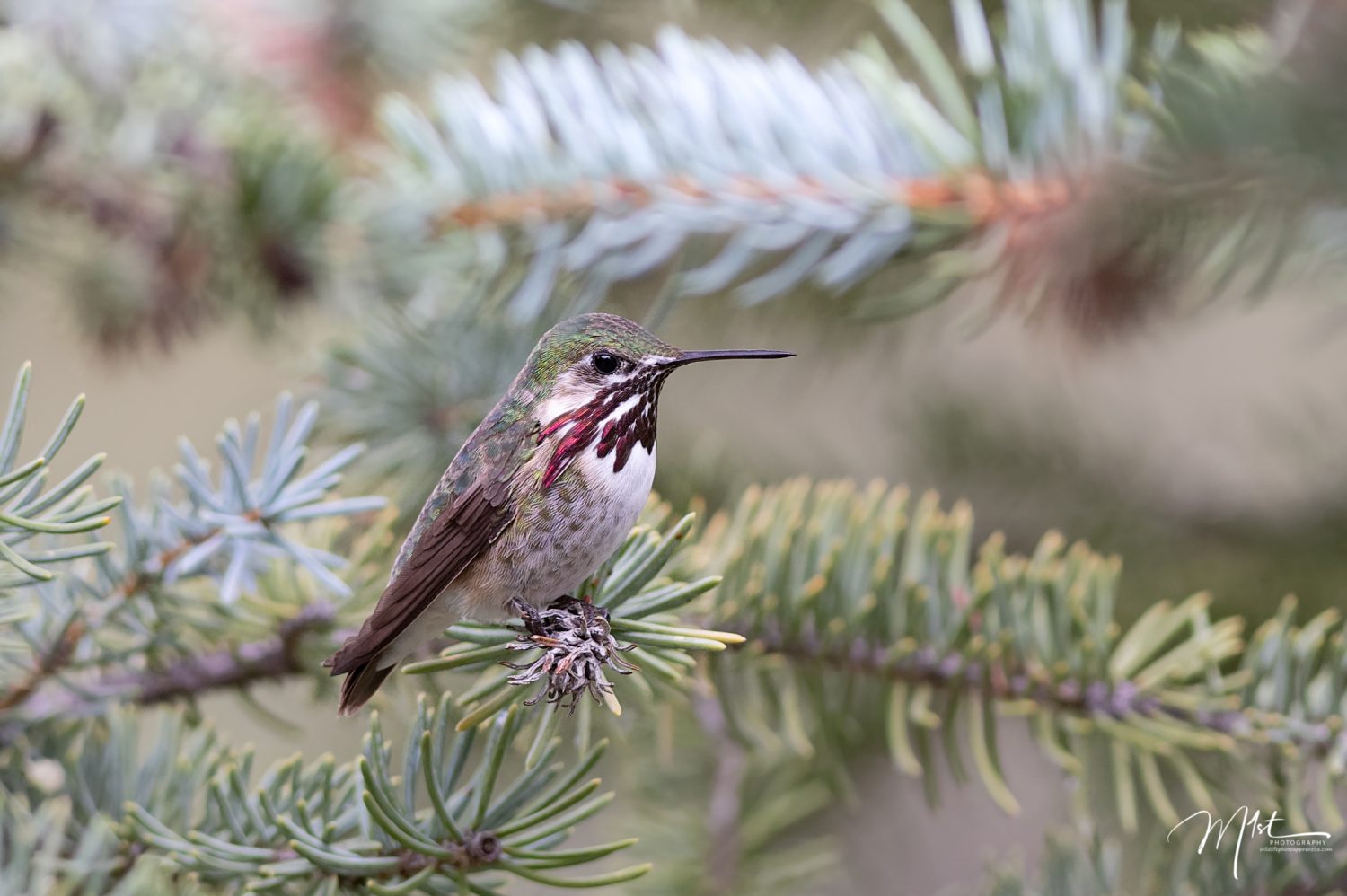
First, let’s examine why the “it’s not the equipment” argument is flawed. The argument is based on the assumption that all photographers have equal access to equipment and that the quality of their work is solely determined by their talent and skill. However, this assumption ignores the fact that photography is a gear-driven industry, and the type and quality of equipment can significantly impact the final product.
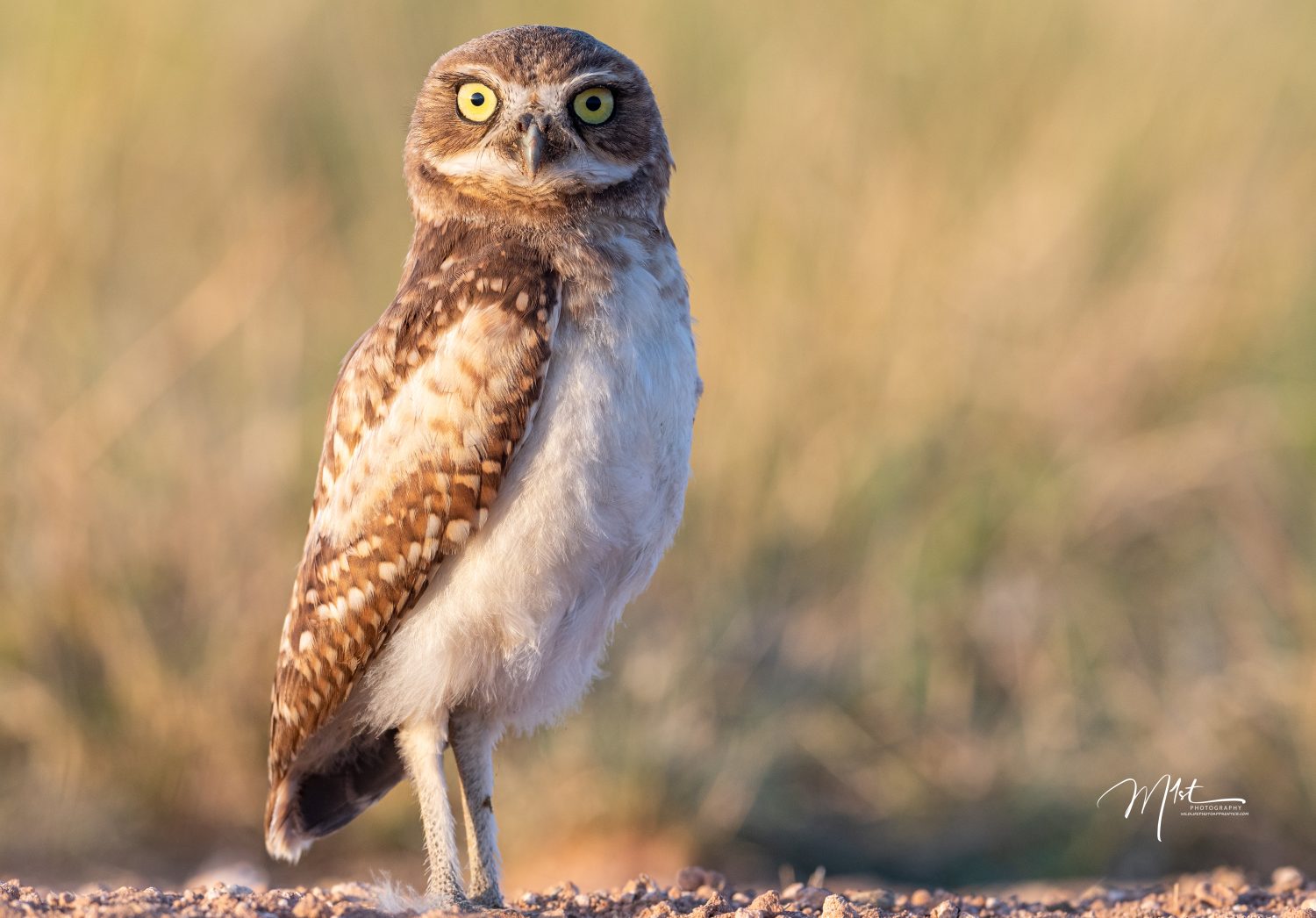
For example, imagine two photographers with the same level of skill and creativity. Photographer A has a high-end camera and lens while photographer B has a basic entry-level camera and kit lens. Even though both photographers have the same talent and vision, Photographer A will produce higher-quality images due to the superior equipment. The same concept applies to wildlife photography, where the quality of equipment can have a significant impact on the final image.
Wildlife photography presents unique challenges that require specialized equipment to overcome. In particular, the unpredictability and quick movements of wildlife require equipment that can capture fast action, and handle harsh and varied lighting conditions. Here are some of the reasons why better equipment is important for wildlife photography and can make you a better wildlife photographer.
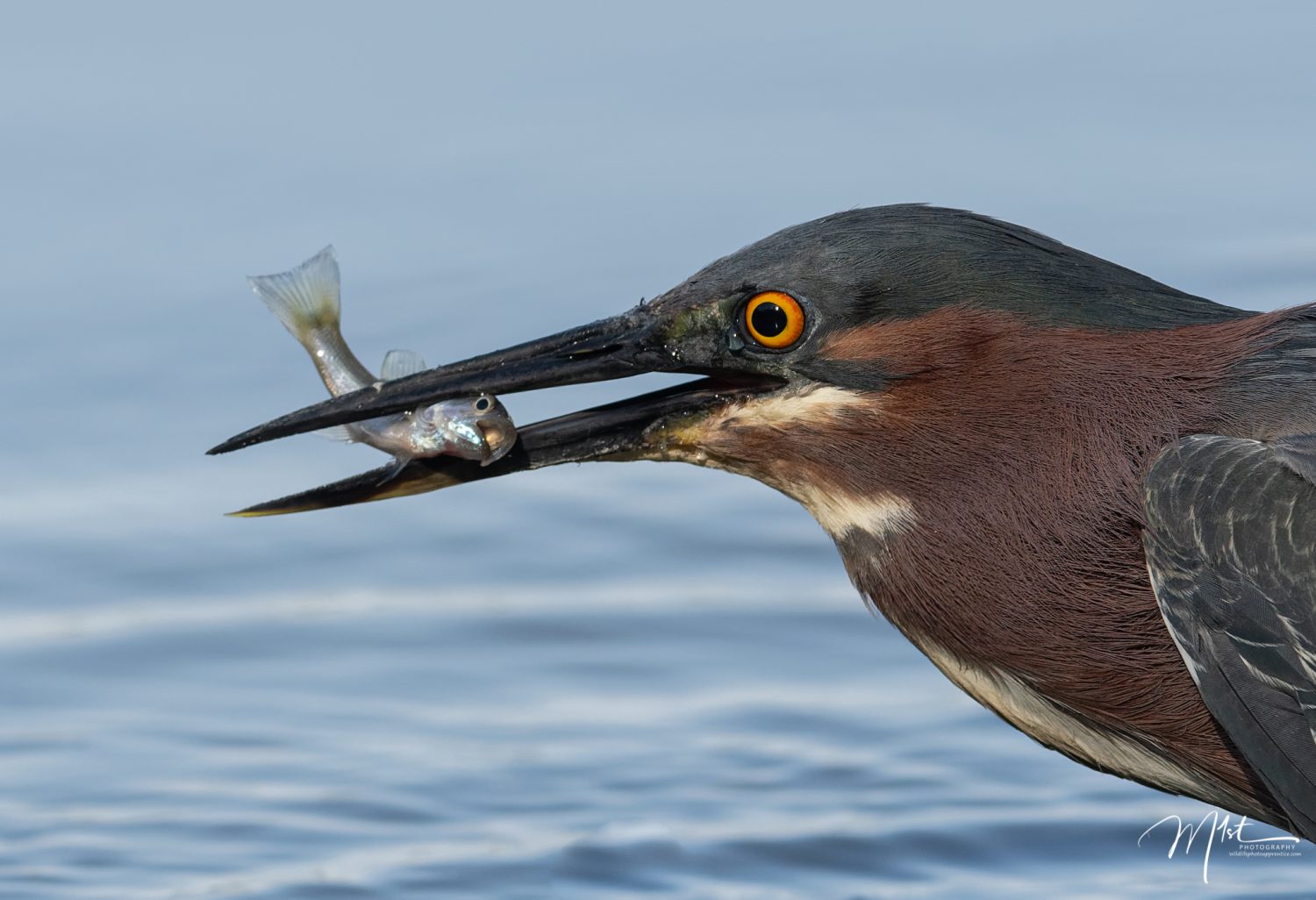
The quality of images is affected by equipment. One of the primary reasons to invest in better equipment is to capture higher-quality images. Higher-end cameras and lenses produce sharper, clearer, and more detailed images, which is particularly important when photographing wildlife. With better equipment, you can capture images with greater clarity and detail, which allows you to showcase the beauty and majesty of the natural world. It’s important to recognize that equipment limitations can impact the quality of the final image. For example, a camera with a low megapixel count may not produce high-quality prints, or a lens with a narrow aperture may not provide enough depth of field. Limitations in equipment can restrict the creativity and vision of the photographer, which ultimately impacts the final image
Speed and accuracy improve with better equipment. Capturing wildlife in motion requires a camera that can focus quickly and accurately, and lenses that can track and keep up with the movement. Better equipment, particularly high-end autofocus systems, can improve your chances of getting a sharp and well-composed image of fast-moving wildlife.

Better equipment is more durable. Wildlife photography often takes place in harsh and unpredictable environments, such as rainforests, deserts, and Arctic tundras. Having equipment built to withstand these conditions can make a big difference in your ability to capture images. High-quality cameras and lenses are designed to be weather-sealed, dust-resistant, and durable, which means you can focus on getting the shot, rather than worrying about the safety of your gear.
Better equipment is more flexible. Different wildlife species require different approaches to photography. Some animals, such as birds, require long telephoto lenses to capture them from a distance, while others, such as insects, require specialized macro lenses to get up close and personal. Having a range of lenses and accessories can help you capture a variety of wildlife in different situations and environments.
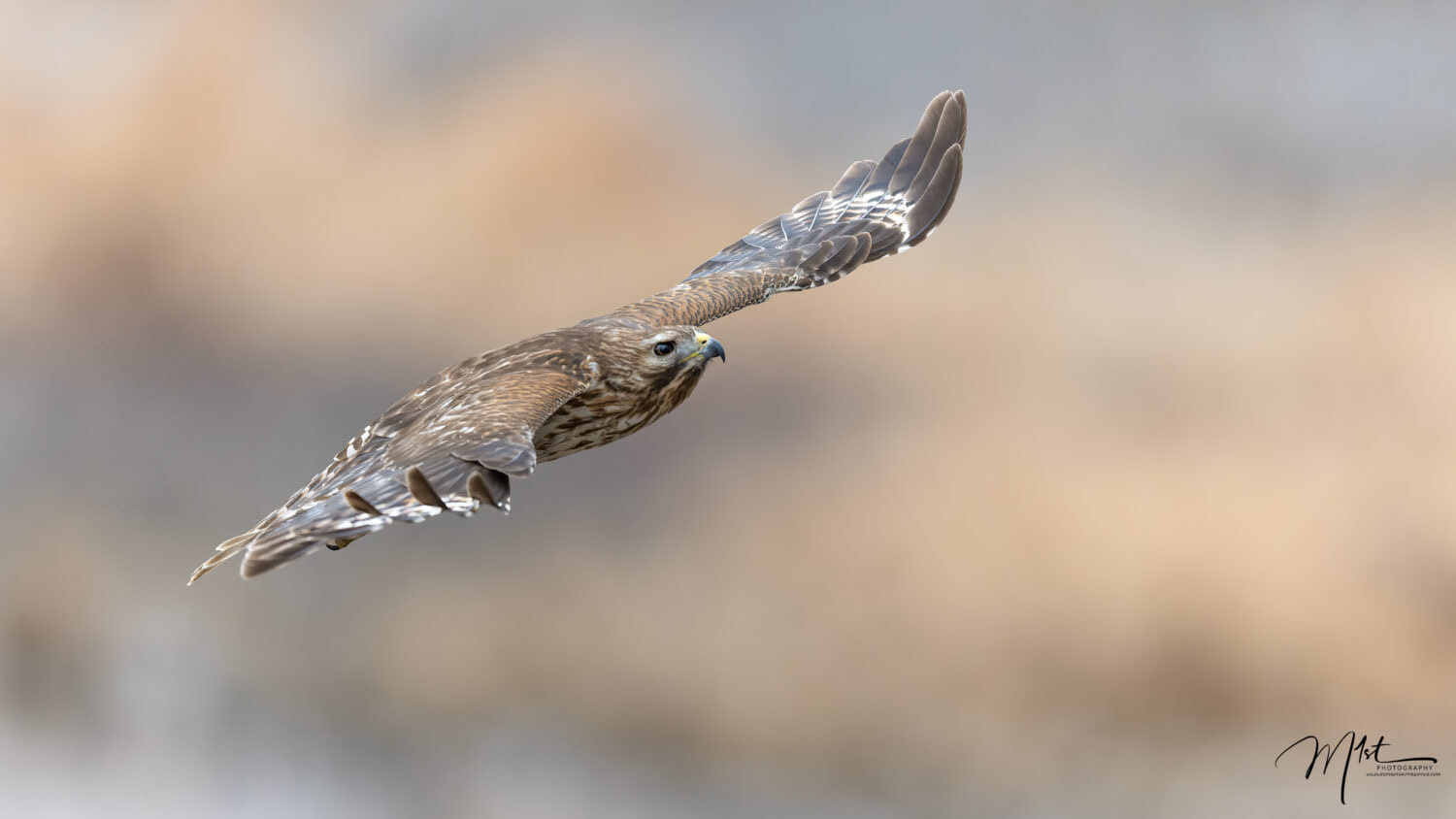
High-end cameras have better low-light performance. Wildlife is often most active during the early morning or late evening hours when the light is low. Better equipment, particularly cameras with high ISO capabilities, can help you capture sharp and well-exposed images even in low light conditions.
In addition to the reasons why better equipment matters, it’s also important to recognize that the photographer’s skill and creativity play a significant role in creating great photographs. Having the best equipment in the world won’t guarantee a great image if the person using that equipment has no idea how it works or how to use it.
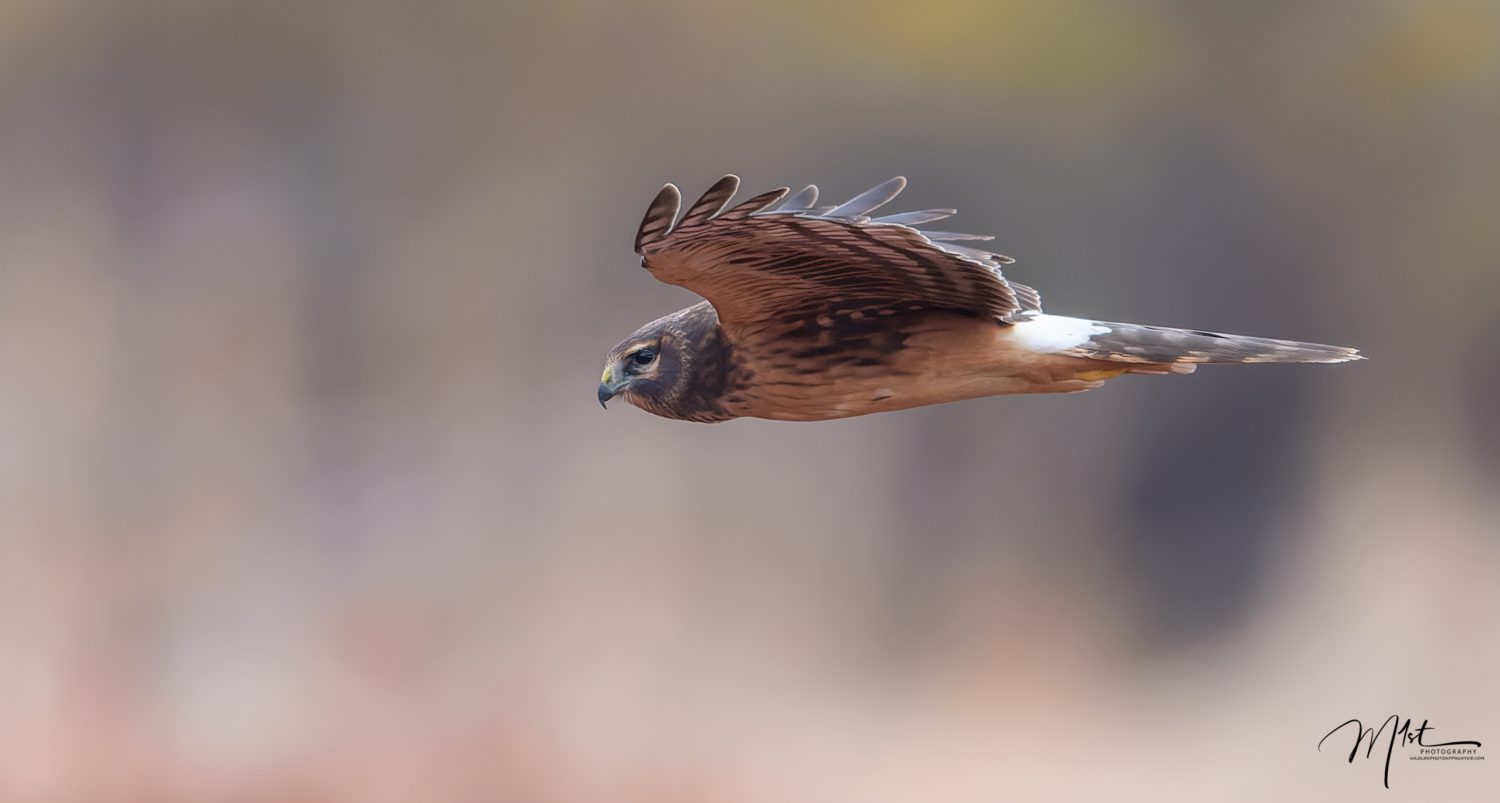
In conclusion, while it’s true that the photographer’s skill, creativity, and vision are important factors in creating stunning photographs, it’s also true that having the right equipment can make a significant difference in the quality of the final product. The myth that it’s not the equipment but the photographer that matters in photography is flawed and ignores the fact that photography is a gear-driven industry. It’s essential to recognize that having better equipment in wildlife photography can improve image quality, speed and accuracy, durability, flexibility, low light performance, and prevent equipment limitations from restricting the creativity and vision of the photographer. In the end, a combination of both the photographer’s skill and the right equipment is necessary for creating truly great wildlife photographs.
